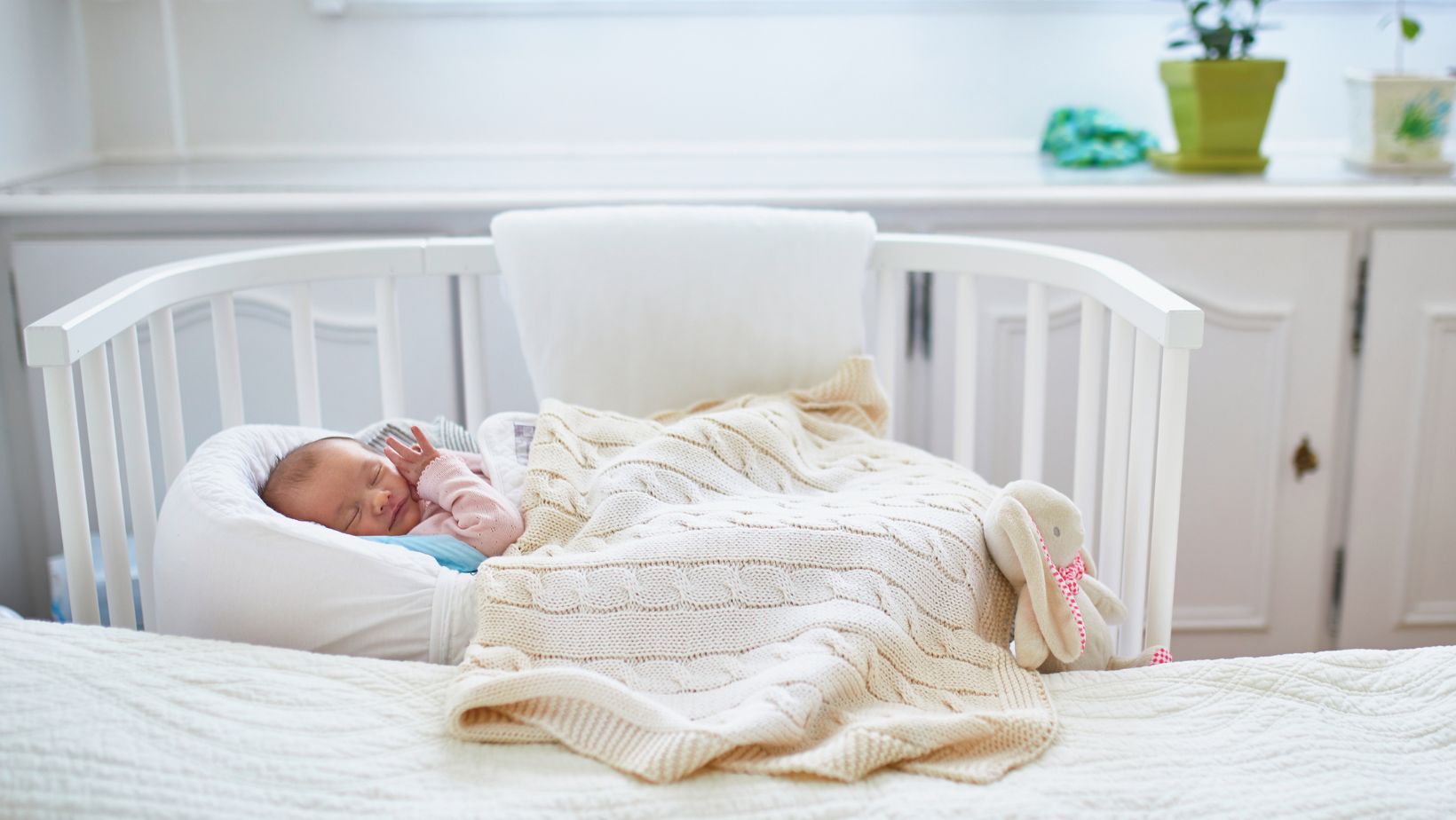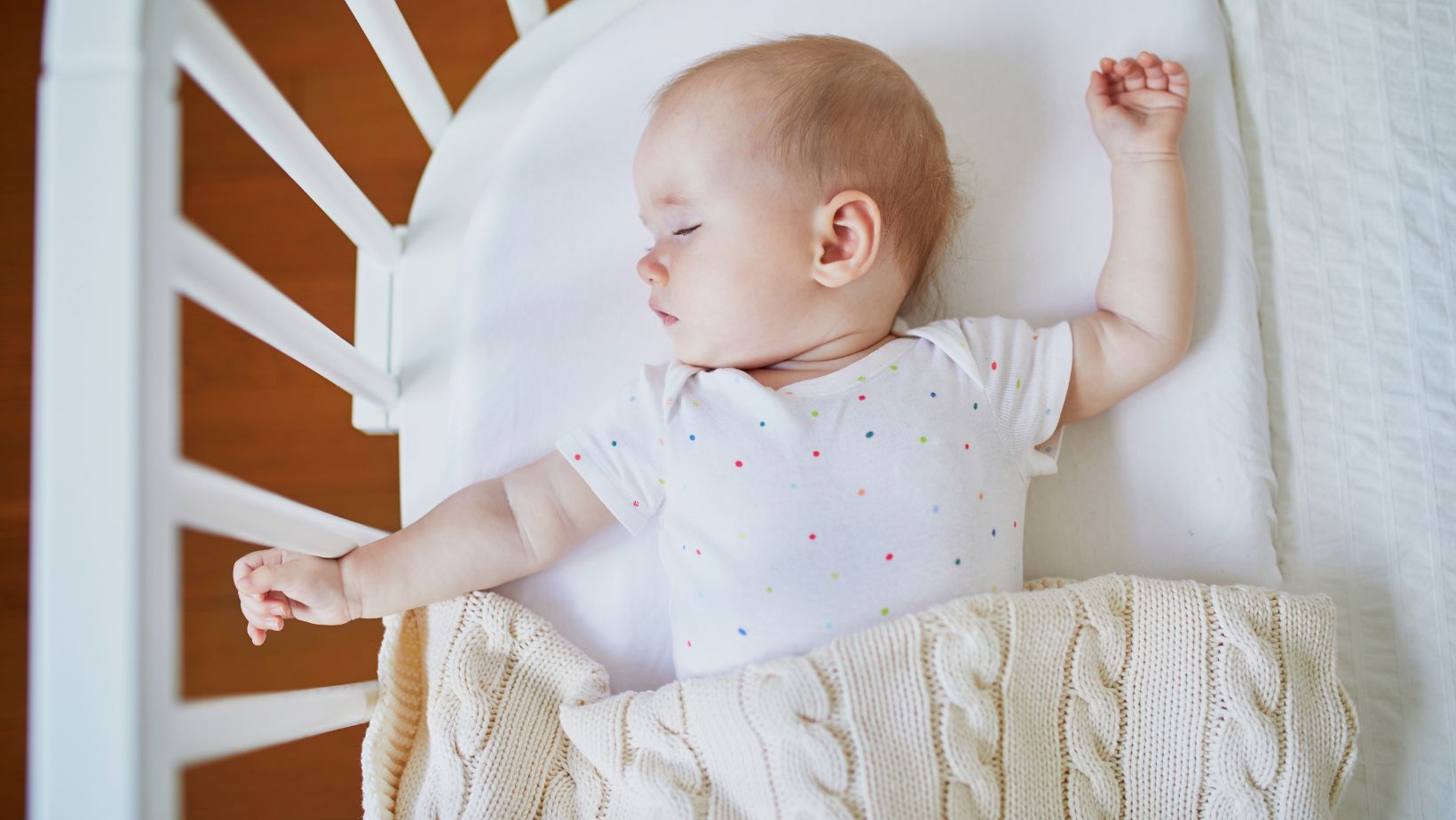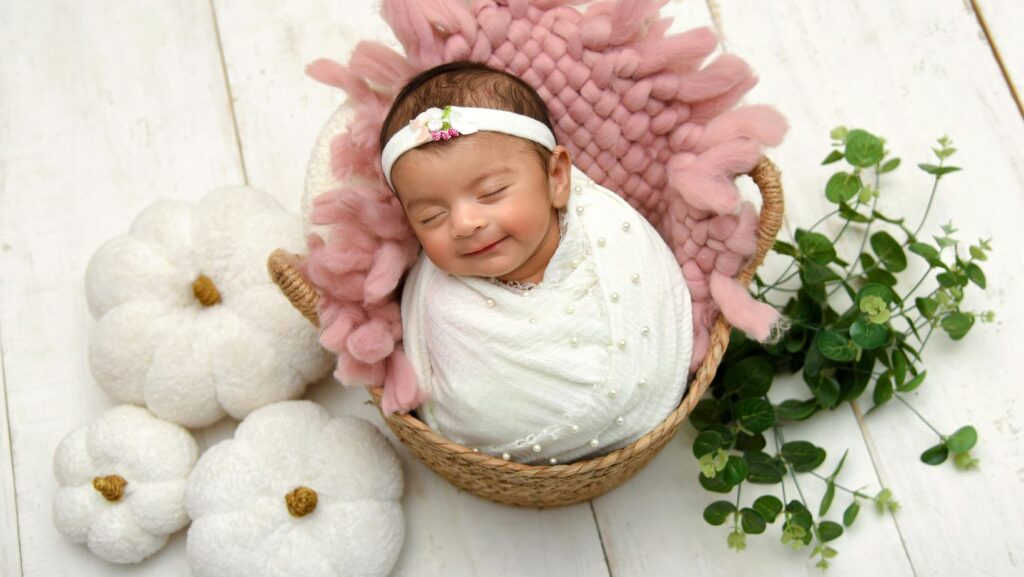Transitioning a child from a standard bed to an elegant mid sleeper can be an exciting milestone in their development. Mid sleepers offer a perfect balance between functionality and fun, providing extra space for storage or play underneath the raised sleeping area. The ideal time to make this transition is typically when a child is between 6 and 8 years old, as they are usually more coordinated and able to safely climb the ladder at this age.
Moving to a mid sleeper bed can help maximize space in a child’s room, especially if it’s on the smaller side. These beds often come with built-in desks, shelving units, or play areas, making them an excellent choice for growing children who need more room for activities and belongings. It’s important to involve your child in the process, letting them help choose the design and discussing any concerns they may have about sleeping in a raised bed.
Safety is paramount when transitioning to a mid sleeper. Ensure the bed is sturdy and has proper guardrails to prevent falls. Teach your child how to use the ladder correctly and establish ground rules for behaviour around the bed. With proper preparation and guidance, most children adapt quickly to their new sleeping arrangement, enjoying the independence and excitement that comes with their “big kid” bed.
Key Takeaways
- Mid sleepers are suitable for children aged 6-8 who can safely climb ladders
- These beds maximize space with built-in storage and play areas
- Safety measures and clear rules are essential for a smooth transition
Understanding the Transition to a Mid Sleeper
Moving to a mid sleeper bed marks an exciting milestone in a child’s development. It offers new independence while providing a fun, versatile sleeping space. This transition requires careful consideration of your child’s readiness and the benefits this bed type can offer.
Recognizing the Signs of Readiness
Children often show cues when they’re prepared for a mid sleeper. Look for increased physical abilities, such as climbing out of the crib with ease. Improved coordination and balance are key indicators.
Watch for signs of interest in “big kid” beds or a desire for more independence. If your child expresses excitement about having their own space, it may be time to consider the switch.
Age can be a factor, but it’s not the sole determinant. Most children are ready between ages 4 and 8, depending on their individual development.
Comparing Toddler, Single, and Mid Sleeper Beds
Toddler beds are low to the ground and often feature safety rails. They’re ideal for children transitioning from cribs but are quickly outgrown.
Single beds offer a long-term sleeping solution but lack the extra features of mid sleepers.
Mid sleeper beds are elevated, with space underneath for storage or play areas. They combine practicality with fun, making them appealing to many children.

Height is a key difference. Mid sleepers sit higher off the ground, which may require a step stool for smaller children.
Benefits of Transitioning to a Mid Sleeper
Mid sleepers maximize space in small bedrooms. The area beneath can be used for desks, drawers, or play zones, promoting organization and creativity.
These beds often feature built-in storage solutions, helping to keep rooms tidy. This can encourage children to take responsibility for their space.
The elevated design appeals to many kids, making bedtime more exciting. It can reduce bedtime battles by turning sleep into an adventure.
Mid sleepers grow with your child, offering long-term value. They’re suitable for several years, adapting to changing needs and interests.
Implementing a Safe and Effective Transition
Transitioning a child to a mid sleeper bed requires careful planning and execution. Safety, comfort, and excitement are key factors to consider throughout the process.
Ensuring the Safety of Mid Sleepers
Mid sleeper beds offer unique safety considerations. Install guardrails on all sides to prevent falls. Choose a sturdy, well-constructed frame that can support your child’s weight. Check that the ladder is securely attached and has non-slip treads.
Ensure the mattress fits snugly without gaps. A mattress depth of 15-20 cm is typically suitable. Place the bed away from windows and heat sources. Remove any cords or strings from nearby curtains or blinds.
Regularly inspect the bed for loose screws or damaged parts. Teach your child how to safely climb up and down the ladder. Consider a night light to improve visibility during nighttime trips to the bathroom.
Setting Up for a Smooth Transition
Start by involving your child in the process. Let them help choose bedding or decorate the space. This builds excitement and ownership.
Maintain your regular bedtime routine to provide consistency. Use familiar comfort items like favourite stuffed animals or blankets.
Begin with naps in the new bed before transitioning to overnight sleep. Praise your child’s efforts and celebrate small successes.

Be patient and expect some initial resistance. Offer reassurance and stay nearby during the first few nights if needed. Gradually increase distance as your child becomes more comfortable.
Integrating Storage and Play Options
Mid sleeper beds often come with built-in storage solutions. Utilize these to keep the room tidy and organized. Install shelves or cubbies under the bed for books, toys, or clothes.
Create a cozy reading nook or play area beneath the bed. Add cushions, a small rug, and soft lighting to make it inviting.
Consider a mid sleeper with a slide for added fun. The Maxxi cabin bed with slide combines sleep and play, making bedtime more exciting.
Encourage imaginative play by hanging a curtain to create a “secret hideout” under the bed. This dual-purpose design maximizes space in smaller rooms while providing endless entertainment options.
Conclusion
Transitioning a child to a mid sleeper bed can be an exciting milestone. With proper planning and patience, parents can help their little ones adjust smoothly. Involving the child in the process, maintaining familiar routines, and ensuring safety measures are in place are key steps. A successful transition opens up new possibilities for room design and fosters a sense of independence in growing children.
